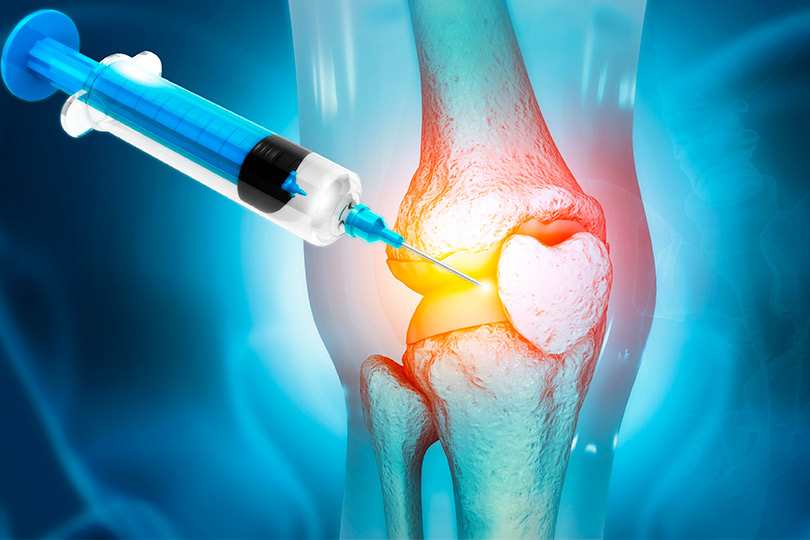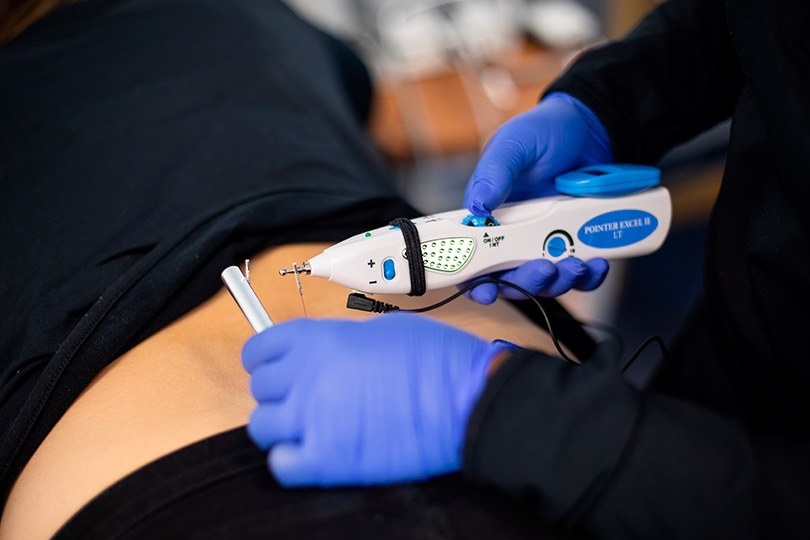The Future of Pain Management: 10 Cutting-Edge Interventional Procedures for Joint Care
Chronic joint pain affects millions worldwide, transforming simple daily activities like bending, lifting, or walking into significant challenges. This persistent discomfort not only restricts mobility but can substantially diminish quality of life, affecting everything from work productivity to emotional well-being.
Traditional pain management approaches, medication regimens, conventional physical therapy, and surgical interventions often present complications. Many patients face medication dependency, unwanted side effects, uncertain outcomes, and lengthy recovery periods.
- Prescription medications may provide temporary relief but risk dependency and side effects
- Conventional surgeries typically require extended recovery and rehabilitation
- Traditional treatments often address symptoms without targeting root causes
- Many patients continue experiencing pain despite multiple interventions
This landscape has created surging demand for alternative pain treatments and minimally invasive solutions. Modern interventional procedures now offer targeted approaches with reduced recovery times, fewer risks, and potentially better outcomes. These innovative techniques are revolutionizing how healthcare providers approach joint care, providing hope to those who previously had limited options.
10 Cutting-Edge Interventional Procedures Transforming Joint Care

From innovative minimally invasive techniques to advanced biologic therapies, these ten groundbreaking interventional procedures are redefining the future of joint care and helping patients regain mobility faster than ever.
- Radiofrequency Ablation (RFA): Using controlled heat generated by radio waves, RFA deactivates nerves that transmit pain signals, providing long-lasting relief, often for 9–12 months. It is particularly effective for chronic neck, back, and knee pain linked to arthritis or joint degeneration. This minimally invasive outpatient procedure uses specialized needles to deliver thermal energy to affected nerves, effectively blocking pain signals. RFA requires minimal recovery time, with patients typically resuming activities the next day.
- Platelet-Rich Plasma (PRP) Therapy: This regenerative approach concentrates platelets from the patient’s own blood to stimulate healing and reduce inflammation, and repair damaged tissue. PRP is effective for joints, tendons, ligaments, and spine conditions. PRP offers a non-surgical solution with minimal downtime. Read More ›
- Orthobiologics: Using bone marrow concentrate rich in healing cells, stem cell therapy repairs and regenerates damaged tissues. These customizable treatments address degenerative disc disease and spinal arthritis with precision-guided injections that target the root cause of pain.
- Nerve Blocks: This specialized nerve block targets the specific nerves surrounding the joints. By disrupting pain signals from these nerves it provides significant relief for chronic pain, particularly for patients with osteoarthritis or those who aren’t candidates for surgery.
- Epidural Steroid Injections: A targeted injection of corticosteroid and anesthetic into the epidural space helps reduce inflammation and pain caused by herniated discs, spinal stenosis, and sciatica. This quick, image-guided procedure can provide significant relief and improved function.
- Transforaminal Injections: By delivering medication directly into the nerve root’s exit point from the spine, transforaminal injections offer highly precise relief for radiating leg or arm pain. This approach minimizes systemic side effects while maximizing targeted benefits.
- Spinal Cord Stimulation (SCS): An implanted device delivers gentle electrical pulses to the spinal cord, modifying pain signal perception before they reach the brain. Patients can adjust stimulation levels for customized, on-demand relief from chronic back, leg, or arm pain.
- Regenexx Platelet Lysate Injections: This advanced regenerative therapy uses a patient’s own blood platelets to create a concentrated solution rich in healing growth factors. Administered via precise, image-guided injections, platelet lysate therapy is particularly effective for treating nerve-related conditions such as disc bulges and carpal tunnel syndrome, offering a non-surgical alternative to traditional treatments. Read More ›
- Vertebral Augmentation (Kyphoplasty/Vertebroplasty)
A minimally invasive procedure for stabilizing painful vertebral compression fractures. By injecting medical-grade cement into the fractured vertebra, vertebral augmentation restores stability and often provides immediate pain relief. - Prolotherapy: This regenerative technique involves injecting an irritant solution into damaged ligaments or tendons. The controlled irritation triggers the body’s natural healing response, strengthening weakened structures and providing long-term relief for chronic joint instability.
Benefits and Considerations of Interventional Procedures in Pain Management

Interventional procedures offer significant advantages over traditional surgical approaches for joint pain management. These minimally invasive techniques typically require smaller incisions, resulting in dramatically reduced recovery times and fewer post-procedure complications. Patients can often return to their daily activities within days rather than the weeks or months associated with conventional surgery.
Beyond shorter recovery periods, these procedures show promising potential for improved long-term joint health and mobility. By directly targeting the source of pain through precise delivery mechanisms, interventional treatments can provide effective relief while preserving surrounding tissues.
When considering interventional procedures, several factors must be evaluated, including patient eligibility, procedure availability, and insurance coverage. Not all treatments are suitable for every patient, making a thorough evaluation essential.
The most successful outcomes typically result from multidisciplinary care approaches. Combining interventional procedures with complementary therapies like physical rehabilitation and lifestyle modifications creates comprehensive treatment plans tailored to individual needs. This personalized approach ensures that patients receive appropriate care at every stage of their joint pain management journey.
Future of Alternative Pain Treatments and Joint Care

The interventional procedures discussed represent just the beginning of a revolution in pain management. Ongoing research in regenerative medicine and neuromodulation technologies promises even more effective treatments on the horizon. As these technologies mature, we can expect more precise targeting, enhanced effectiveness, and longer-lasting results for patients with joint pain.
Access to innovative pain management techniques continues to expand as more healthcare providers adopt these approaches. What was once considered “alternative” is increasingly becoming mainstream, with specialized pain centers offering comprehensive treatment options across the country. Insurance coverage for these procedures is also gradually improving, making them accessible to more patients.
These cutting-edge procedures demonstrate how advances in technology and medicine are improving joint care and patient outcomes.
- Advanced imaging technologies are enabling more precise treatment delivery with minimal invasiveness
- Artificial intelligence applications are helping to customize treatment protocols based on individual patient characteristics
- Improvements in implantable devices are making neuromodulation more effective and convenient
- Regenerative medicine continues to evolve, with new cellular therapies showing promise for joint restoration
If you’re struggling with joint pain, don’t hesitate to consult with specialists at Altus Spine & Joint Pain Management about emerging treatment options.
A pain management expert can evaluate your condition and recommend the most appropriate interventions, potentially including cutting-edge procedures that weren’t available just a few years ago.
At Altus Spine & Joint Pain Management, our cutting-edge interventional procedures are designed to provide effective relief for joint pain without the need for surgery.
Whether you’re dealing with chronic back pain, joint issues, or nerve pain, our expert team offers personalized, minimally invasive treatments like epidural steroid injections, nerve blocks, and regenerative medicine therapies. Take the first step towards a pain-free life and regain your mobility and quality of life. Contact Altus Spine & Joint Pain Management today to learn more about our innovative solutions.





